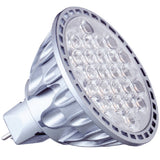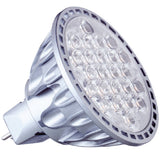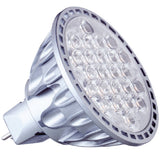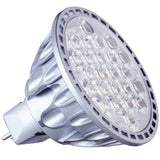How To Use Light to Set a Romantic Mood
Posted by Nick on for ProLampSales

You can make or break a romantic atmosphere with the proper (or improper) use of light. Whether it be Valentine's Day, a birthday, anniversary, or a quiet dinner with a significant other, light is one of the most important factors for setting the mood.
Color Temperature
Color temperature is hugely important for a romantic mood. Think of sunrise or sunset, when the sun is at its "warmest" color, a red or orange hue. Red or soft pink light bulbs can change the makeup of a bedroom, living room, or dinner table. Avoid "cool" colors like white or bluish light, keeping the light on the warm end of the spectrum.
Brightness
Another factor related to color temperature is the brightness of the light. For a more romantic feel, use dimmers to turn down the lights. Think of a cozy fireplace or a dining table lit with only candles. For an even more sophisticated use of light, consider warm dimming LEDs that dim from a whiter to a redder color temperature.
Contrast
Contrast can also be used to set a romantic mood. There should be no harsh transitions from light and dark. Instead, think of smoother transitions. If most of the room is kept in the shadows, the focal point should be where the people are located. For a dining room, that would be just under and around the table.
Focal Points
Finally, use objects that reflect light to create some highlight effects. With the dimmer lights, these objects will become focal points of the light that remains in the room. Of course, don't go crazy with the reflective objects and surfaces of your romantic atmosphere might start feeling like a brightly lit hall of mirrors.
Setting a romantic mood with light does not need to be difficult, and your strategy will depend on the room and environment. Keeping some concepts in mind can help overcome a lack of romance in the decor or location. Think lower color temperature, dim lights, soft transitions, and a few focal points for reflections of light.
Featured Products (View All)
- 0 Comments
- Posted in Holidays, Household
0 Comments




